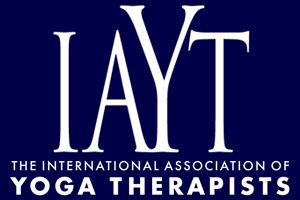Effects of a 4-month Ananda Yoga Program on Physical and Mental Health Outcomes for Persons With Multiple Sclerosis
Objectives: Yoga has been found to be effective for addressing problems with strength, flexibility, balance, gait, anxiety, depression, and concentration. Varying degrees of these problems occur in individuals with multiple sclerosis (MS). This study examined the effects of a comprehensive, 4-month yoga program on strength, mobility, balance, respiratory function, and quality of life for individuals with MS. Methods: Twenty four individuals with MS participated in an intensive Ananda Yoga training followed by 17 weeks of home practice. Results: Significant improvements in functional strength, balance, and peak expiratory flow and a trend toward improvements in mental health and quality of life outcomes were detected following the intervention. Conclusions: The results of this exploratory study suggest that yoga can have a positive impact on physical functioning and quality of life for persons with mild to moderate MS.
